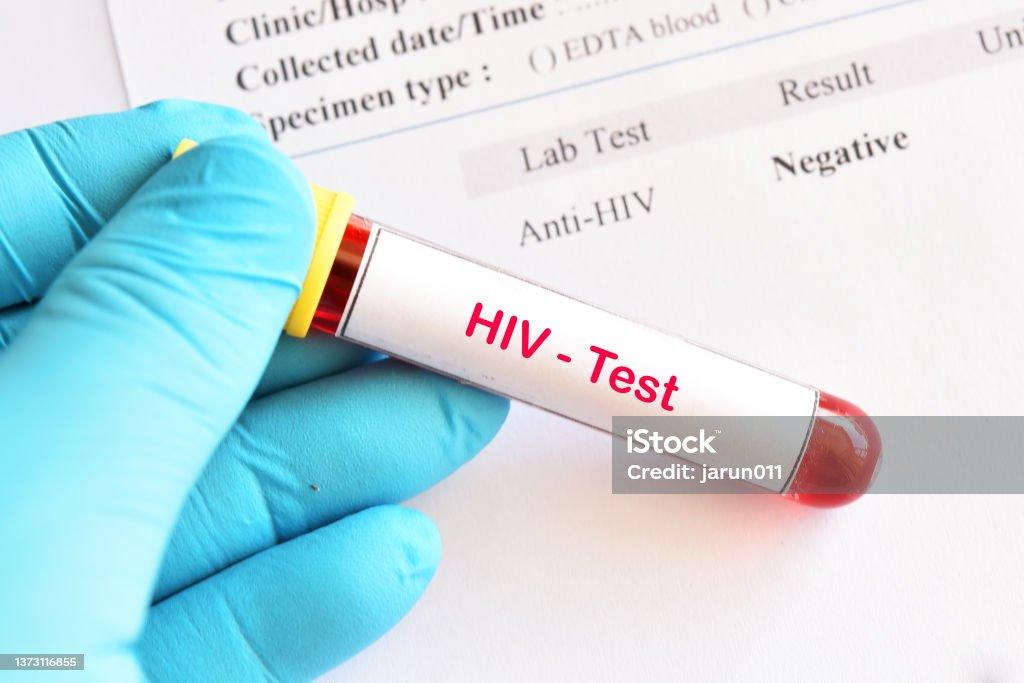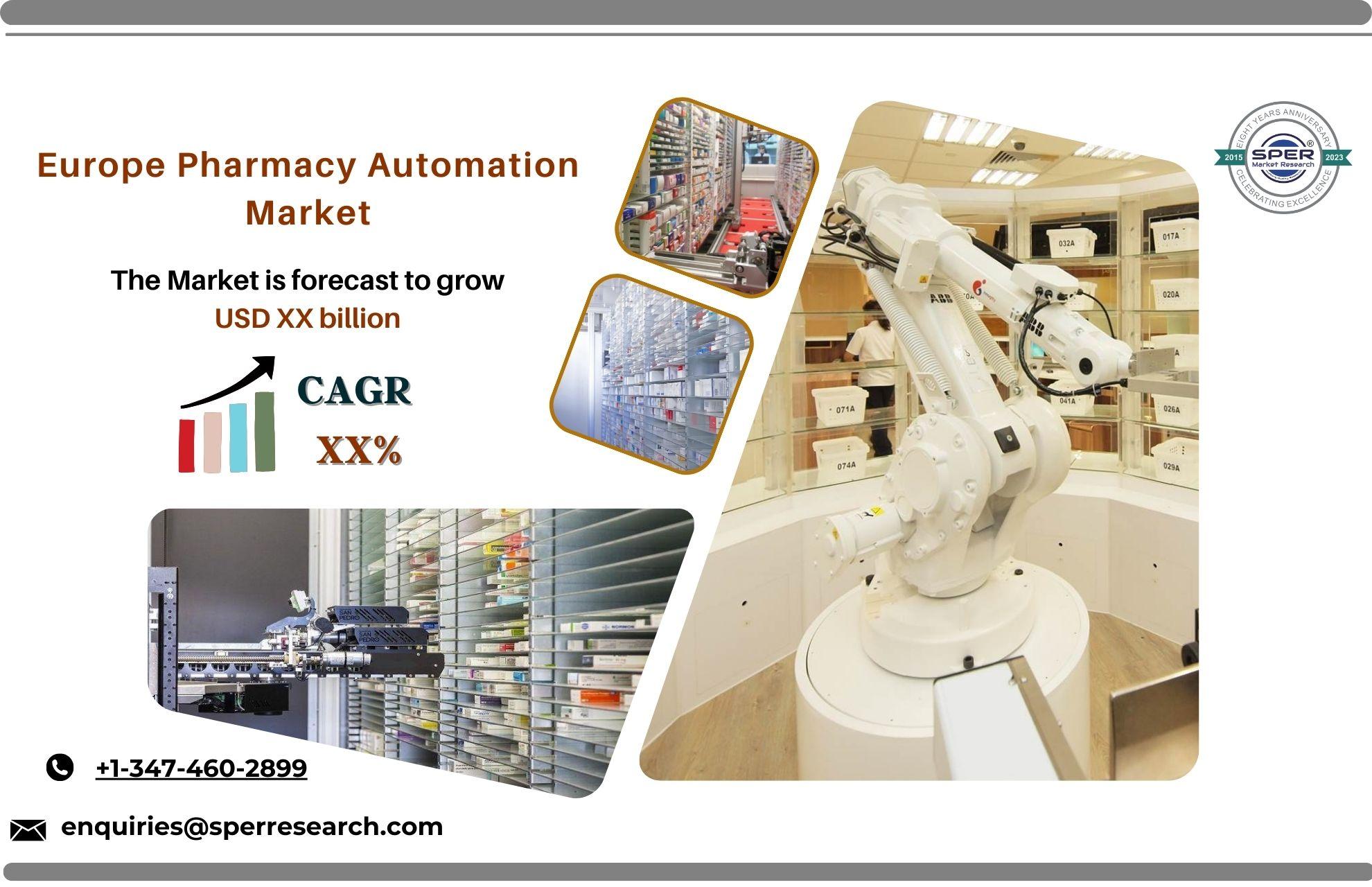HIV (Human Immunodeficiency Virus) and AIDS (Acquired Immunodeficiency Syndrome) are two interconnected health conditions that have had a significant impact on public health over the past few decades. Let’s delve into the specifics of HIV and AIDS to gain a better understanding of these conditions.
What is HIV?
HIV is a virus that primarily targets the immune system. It weakens the body’s natural defenses, making it more vulnerable to various infections and diseases. The virus is transmitted through specific body fluids, including blood, semen, vaginal fluids, rectal fluids, and breast milk. Common modes of transmission include unprotected sexual contact, sharing needles for drug use, and from mother to child during childbirth or breastfeeding.
Stages of HIV Infection
HIV infection typically progresses through several stages:
1. Acute HIV Infection: This stage occurs shortly after exposure to the virus. Symptoms, if present, can be flu-like and may include fever, fatigue, and swollen lymph nodes.
2. Clinical Latency: During this stage, the virus is still active but reproduces at very low levels. Many people may not have any symptoms during this time, although the virus is still damaging the immune system.
3. AIDS: If left untreated, HIV can progress to AIDS. AIDS is diagnosed when the immune system is severely damaged, and the individual becomes susceptible to opportunistic infections and certain cancers.
What is AIDS?
AIDS is the advanced stage of HIV infection. It is diagnosed when the immune system becomes significantly weakened, and the individual experiences specific symptoms and infections. AIDS is a life-threatening condition, but with proper medical care, it can be managed.
Prevention and Treatment
Prevention is a critical aspect of managing HIV/AIDS:
1. Safe Sex: Practicing safe sex, using condoms, and limiting the number of sexual partners can significantly reduce the risk of HIV transmission.
2. Needle Exchange Programs: For individuals who use drugs, avoiding the sharing of needles and participating in needle exchange programs can reduce the risk of infection.
3. Pre-Exposure Prophylaxis (PrEP): PrEP is a medication taken by individuals at high risk of HIV to prevent infection.
4. Post-Exposure Prophylaxis (PEP): PEP is a treatment taken after potential exposure to HIV, which can reduce the risk of infection.
5. Antiretroviral Therapy (ART): For those living with HIV, ART is a medication that can suppress the virus, allowing individuals to lead healthy lives and reducing the risk of transmission.
Living with HIV
Living with HIV is manageable with proper medical care and support. Many people with HIV go on to lead healthy lives. Regular medical check-ups, adherence to ART, and a healthy lifestyle are key factors in managing the virus.
Global Efforts in HIV/AIDS
The fight against HIV/AIDS is a global effort involving governments, non-profit organizations, healthcare professionals, and communities. It’s a complex challenge that requires a multi-faceted approach. Here, we’ll explore some of the key global efforts in the battle against HIV/AIDS.
Awareness and Education
Raising awareness and educating the public about HIV/AIDS is paramount. It’s the first line of defense against the spread of the virus. Governments and organizations worldwide conduct campaigns, workshops, and outreach programs to inform people about the risks, prevention methods, and the importance of getting tested.
Access to Testing
Regular testing is essential in identifying HIV infection early. Many countries have established free or low-cost testing centers, making it easier for people to know their status. Rapid HIV testing has also become more accessible, providing results in a matter of minutes.
Access to Treatment
Access to antiretroviral therapy (ART) has significantly improved over the years. ART not only helps people with HIV live healthier lives but also reduces the risk of transmitting the virus. Numerous initiatives have been launched to ensure that those in need have access to these life-saving medications, even in resource-constrained regions.
Research and Development
Scientific research plays a crucial role in the battle against HIV/AIDS. Ongoing research efforts aim to develop new treatments, vaccines, and prevention methods. With each breakthrough, the world moves a step closer to achieving an HIV-free generation.
Reducing Stigma
The stigma associated with HIV/AIDS can be a significant barrier to testing and treatment. Global efforts focus on reducing this stigma, fostering a more supportive and inclusive environment for people living with HIV. Education and public campaigns aim to dispel myths and misconceptions.
Support for Vulnerable Populations
Certain populations, such as sex workers, men who have sex with men, and intravenous drug users, are at a higher risk of HIV infection. Specialized programs and support are in place to target these vulnerable groups, providing them with information, testing, and healthcare tailored to their needs.
Prevention of Mother-to-Child Transmission
Efforts to prevent the transmission of HIV from mother to child during childbirth or breastfeeding have been successful in reducing the number of new infections in infants. Access to antiretroviral medications for pregnant women with HIV has played a pivotal role in this achievement.
International Cooperation
International organizations such as the United Nations (UN) and the World Health Organization (WHO) collaborate with governments to set global targets and standards for addressing HIV/AIDS. These organizations work to ensure that resources are allocated efficiently and that progress is monitored on a global scale.
The Path Forward
While substantial progress has been made in the fight against HIV/AIDS, the battle is far from over. It requires ongoing commitment, resources, and a collective effort from all corners of the globe. With a focus on prevention, early detection, and accessible treatment, there is hope for a future where HIV/AIDS is no longer a global health crisis.
The key to defeating HIV/AIDS lies in continued education, raising awareness, and supporting research. Together, we can work towards a world where HIV/AIDS is a manageable health condition, rather than a life-threatening disease.
If you want to learn more or get involved in the global efforts against HIV/AIDS, consider reaching out to reputable organizations such as UNAIDS, amfAR, or local healthcare providers who offer HIV-related services and support.




